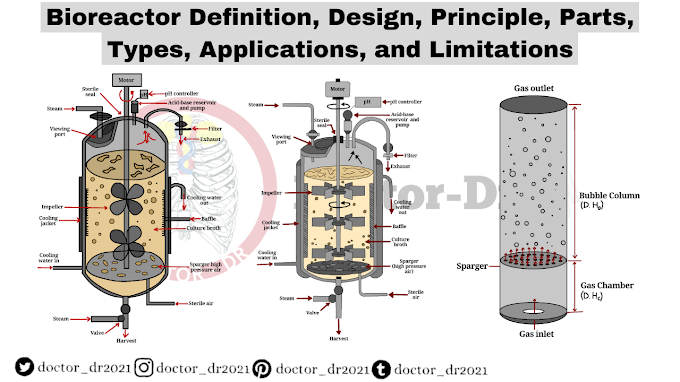Introduction:
Research has revealed that prolonged space missions can have a significant impact on the brains of astronauts. Fluid-filled chambers in the brain, known as ventricles, tend to expand in the microgravity environment of space. While these structures adapt during space travel, it takes approximately three years for them to return to their normal size once astronauts return to Earth. These findings suggest that astronauts may require sufficient recovery time between spaceflights before their brains are ready for another mission.
Understanding Brain Changes in Space:
The brain contains four ventricles filled with fluid that provides cushioning and aids in waste removal. In space, the absence of gravity causes fluid to accumulate in an astronaut's head. Consequently, the ventricles adapt by absorbing more fluid and expanding. Scientists, led by Rachael Seidler from the University of Florida, aimed to investigate how the duration of time spent in space and the interval between missions influence the extent of brain changes during space travel.
Findings from Brain Scans:
The research team analyzed pre- and post-mission MRI brain scans of 30 astronauts. The results showed that the longer the space mission, the more three of the four ventricles expanded. While two-week trips had minimal impact on ventricles, six- and 12-month missions led to fractional expansion by a few milliliters. Notably, the rate of expansion seemed to slow down after six months in space.
The Importance of Recovery Time:
Among the astronauts who had flown before, the interval between missions appeared to play a role. Astronauts whose last spaceflight occurred three to nine years prior experienced expansion in three ventricles during the mission under study, ranging from approximately 10 to 25 percent. In contrast, astronauts with less than three years between missions showed minimal or no ventricle growth, suggesting insufficient recovery time for the brain to fully recuperate.
Implications for Future Space Missions:
The study's findings have significant implications as NASA plans for long-duration missions, such as a potential round trip to Mars lasting two years. Considering the potential challenges astronauts may face, including the effects on their brains, becomes crucial. The authors stress the importance of exploring the factors influencing brain changes during space travel and finding strategies to mitigate any negative consequences.
The Complexities of Studying Brain Changes:
Neuroradiologist Donna Roberts of the Medical University of South Carolina acknowledges the complexity of deciphering the precise causes of brain changes in space. Numerous variables can influence these changes, making it challenging to pinpoint specific factors. However, she applauds the researchers for addressing this important question, as understanding the impact on the human brain is crucial for the success of future space exploration endeavors.
Conclusion:
As we strive for further advancements in space exploration, it is crucial to consider the effects of prolonged spaceflight on the human body, particularly the brain. The expansion of ventricles during space missions highlights the need for adequate recovery time between flights. Further research and exploration of mitigation strategies are essential as we aim to send astronauts on longer journeys, ultimately ensuring their well-being and success in future space missions.








